Do you work hard to earn great reviews for your business?
If so, you’re not alone. Most businesses strive to get as many five-star reviews as possible. And it’s not hard to imagine why.
Before you buy something online, drive across town to a restaurant you’ve never tried, or download an app, what’s the first thing you do?
You probably check the reviews. If they’re bad, you probably won’t purchase an item or try a new restaurant. But if they’re good, you’ll likely give it a try.
So you should do everything in your power to try and get five-star reviews across the board and prevent any negative reviews, right?
Actually, that shouldn’t be your goal.
Believe it or not, earning perfect reviews isn’t critical for your business. In fact, negative reviews can actually help your business in ways you may have never expected.
If you’ve put all of your focus on avoiding negative reviews, you’re going about reviews all wrong.
You may find that hard to believe, but it’s true.
Here’s why you need negative reviews and some of the ways that they can be beneficial for your business.
The importance of negative reviews and how they can help your business grow
Before the digital era, we all relied on our friends and families for testimonials. But now, we rely on so many other factors to make our final decisions about companies.

Find more statistics at Statista
It appears that trustworthy reviews now have a bigger influence on online purchase decisions than family and friends do for 68% of US shoppers.
Recommendations from friends and family influence only 42% of consumers.
Instead, rewards programs, brand reputation, and trustworthy online reviews have taken the place of good, old-fashioned word-of-mouth recommendations.
A 2017 study by Power Reviews once again confirms the growing consumer dependence on ratings and reviews.
Today, 97% of consumers read product reviews before making a purchase decision. 89% of them consider online reviews to be an essential resource in the process.
On the flip side, 85% of consumers look for negative reviews in order to make informed purchase decisions. And this number skyrockets to 91% among consumers from the ages of 18-29.
Why?
Because bad reviews give customers a sense of the worst-case scenario. They want to know what can go wrong to understand just how much it will matter to them.
Too many positive reviews can seem fake to some shoppers, so you have to watch out.
But how do consumers determine if a review is truly authentic and trustworthy?
BrightLocal’s study shows that Facebook and Yelp are the two most-trusted review sources for local searches. Google comes in third.
Out of all these review platforms, Yelp seems to have the most strict rules and regulations.
This explains the fact that the average review score on Yelp is 3.65, which is the lowest out of these platforms. The average reviews on the others major platforms are 4.42 on Facebook, 4.3 on Google, and 4.25 on Tripadvisor.
Therefore, Yelp may be the most reliable place to gauge reviews.
And these ratings matter for your bottom line. An extra rating star on Yelp translates into a 5% to 9% revenue growth, which is an impressive but dangerous correlation.
Reviews really can make or break your brand’s growth. But on any platform, you will inevitably receive some negative reviews. So, how do you respond to them?
You should start by coming up with a game plan.
Create a game plan before you respond to negativity
The way that a business treats a negative review can tell you a lot about them.
Don’t panic. Don’t ignore them. Instead, embrace them.
Some brands like Wendy’s are even using negative reviews as a chance to make a splash on social media and go viral.
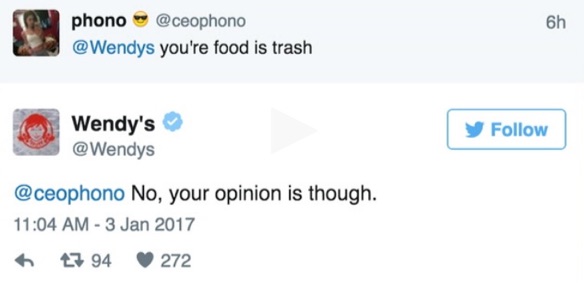
However you choose to embrace negative reviews, you need to come up with a game plan before you say anything back to your customers.
But customers expect businesses to respond to their reviews quickly. 51.7% of consumers expect businesses to respond to their negative review within seven days.
So if you do happen to receive a negative review, you need to act fast.
Being aware of your customers’ complaints should be your number-one priority for customer service.
The first thing you need to keep in mind is that not all negative reviews are valuable.
There are two types of negative reviews.
The first type is reviews from disappointed customers who have had a real negative experience like those who were part of the Vow to Be Chic wedding rental scandal:
And then, there are the troll types who seek attention and potential monetary gain.

Some people might want to take advantage of the leverage that leaving a bad review might give them by blackmailing you or threatening to leave a bad review if you don’t give them a refund.
And you can’t insure your business against trolls.
Constructive feedback, on the other hand, is a gold mine for any business. It is a form of valuable, direct, instructional feedback from the people who matter most.
And a negative review will only stay negative forever if you ignore it and never address it.
So having a game plan to respond to these complaints is what will set you apart from companies who choose to ignore them.
Decide on a communication strategy that will match your brand identity and tone of voice. Try to keep it consistent across all review platforms.
Zappos never fails to respond to negative customer reviews, and they give their responses a positive twist. Take a look at a recent response they gave to a complaint on their Facebook page.
The brand offered to send the customer a new replacement pair, and they recommended that she keep or give away the shoes that don’t fit.
It’s pretty hard to argue with an attitude like that.
Depending on the personality of your brand, you can choose to be friendly and conversational like Zappos or more formal but tactful like Marriott.
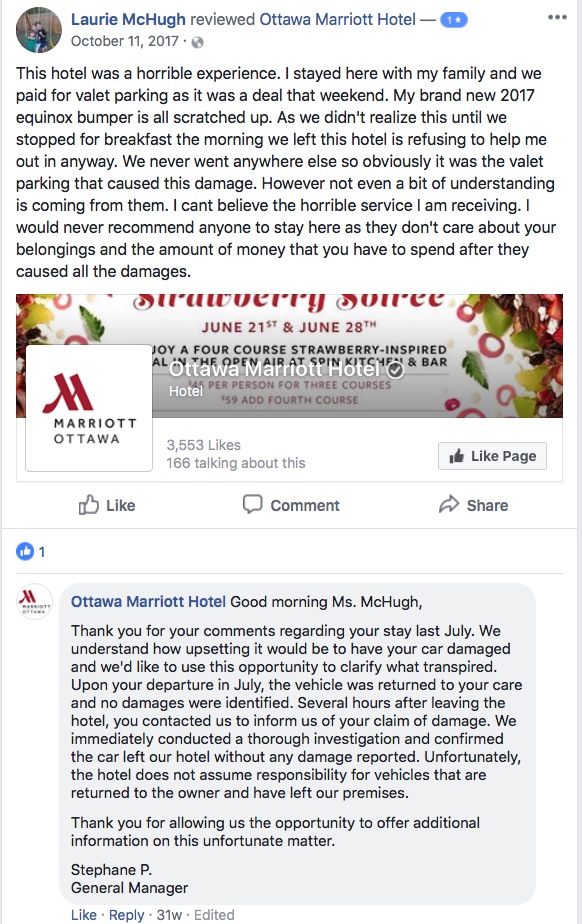
Whichever way you choose to go, make sure that you remain genuine. Don’t answer with a template. Take the time to actually investigate each issue and respond accordingly.
You should think of each negative review as an opportunity to show your customers that you care.
Here’s what Marina Cheal, Chief Marketing Officer at Reevoo, said at the Motor Trader Summit last year:
“Rich reviews drive engagement and people stay on site longer. Bad reviews are a brilliant way of showing that if something does go wrong you have credibility in how you deal with the issue. It shows you care about the customer.”
Believe it or not, bad reviews have the power to improve your conversion rates, too.
Bad reviews improve your conversion rates
If your business gets only positive reviews, consumers might question whether those reviews are legitimate or not. Not everyone will, but those who are a little bit more cautious might.
And with so many fake and paid reviews circulating on almost every review platform, this is becoming a real issue.
Amazon’s fake positive review problem has recently become huge.
As the average rating has risen, the average review weight has taken a huge nosedive.
There are even Facebook groups that incentivize people to write fake reviews of Amazon products.
On the other hand, having a healthy mix of both positive and negative reviews will help build trust in your business more quickly.
A study by Northwestern University’s Spiegel Research Center discovered that likelihood of someone purchasing a product with five reviews is 270% greater than a product with no reviews.
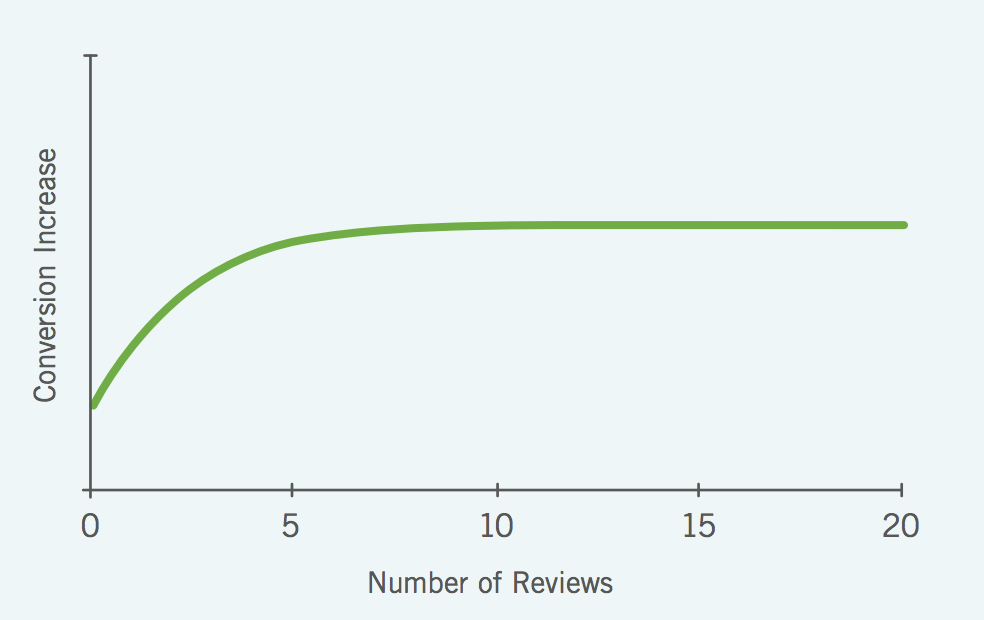
That means having five reviews, whether good or bad, can increase your number of purchases by nearly four times.
And a mixture of good and bad is helpful so that you don’t fall into the “too-good-to-be-true” category.
So, what is a healthy mix of good and bad reviews?
What amount of bad reviews will boost your conversion rates instead of driving customers away?
Anywhere between 4.2 and 4.5 stars is an ideal average.
More stars does not equal more sales. When your positive reviews appear with a few negative reviews, you reduce buyer skepticism.
But you obviously you don’t want to end up with too low of an average. A lot of customers use rating filters to simplify their searches, so you may not even show up when they search for products if your average reviews are below four stars.

If your ratings are low, don’t fret. It actually doesn’t take a lot to increase your ratings.
A recent study of TripAdvisor found that one-third of the hotels were able to increase their rounded ratings by half a star or more within six months of their first management response.
In a nutshell, here’s the logic that this all boils down to:
Customers actively seek authentic and trustworthy businesses. No business is perfect, so negative reviews will assure those who read them that the reviews are authentic.
Negative reviews show your human side
Negative reviews are a perfect stage for you to shine as a business with top-notch customer service. It is an opportunity to show that there are actual people behind your business.
Customer service is not just about assisting a purchase. It’s about solving any problems that come up before, during, or after a purchase and preventing them from happening again.
Poor customer service will cost your company big time.
Tons of consumers have abandoned a business due to poor customer service. As you can see, this figure has grown over the last couple of years.
And it’s only going to keep increasing.
So customer service is still a huge deciding factor for customers making purchase decisions and for you retaining existing customers.
According to numbers from Kingfisher Inc, acquiring a new customer is five times as expensive as retaining an existing customer.

Responding to negative reviews will help you keep your current customers coming back for more.
It’s a good idea to respond to all reviews — both good and bad.
On the one hand, your negative reviews give your company a chance to show it’s human side.
On the other, responding to positive reviews will help you show appreciation for your happy customers, whose reviews matter most in the long run.
The biggest challenge to responding to every review is that you may receive an overwhelming quantity of reviews. Quite often, it requires a whole team of customer service heroes to handle reviews on all channels.
And all of your customer service reps need to know how to respond well.
Here are some essential tips to keep in mind when replying to negative revi
source https://blog.kissmetrics.com/your-business-needs-negative-reviews/

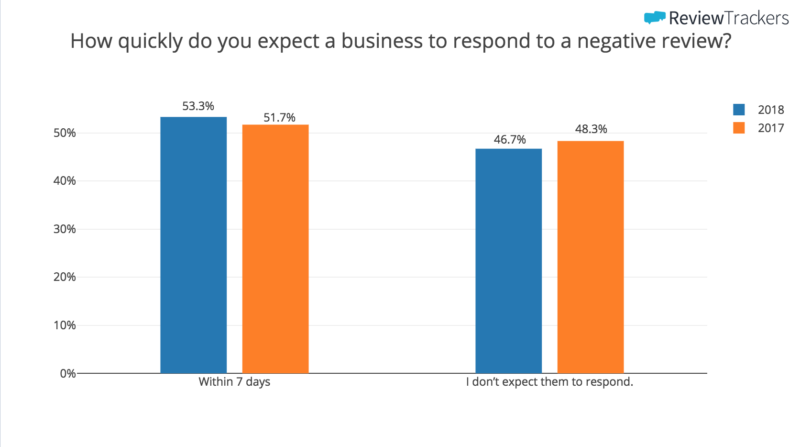
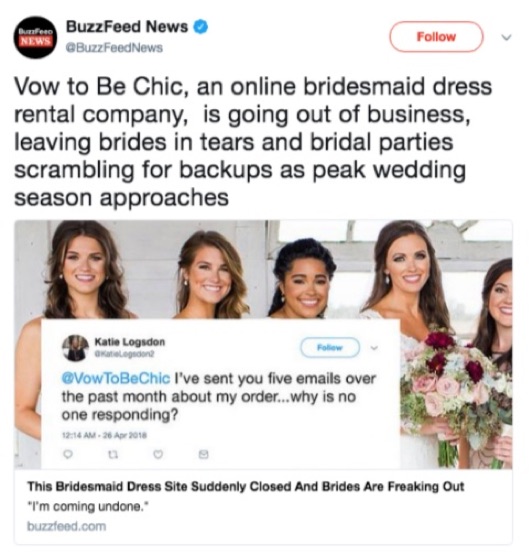




No comments:
Post a Comment